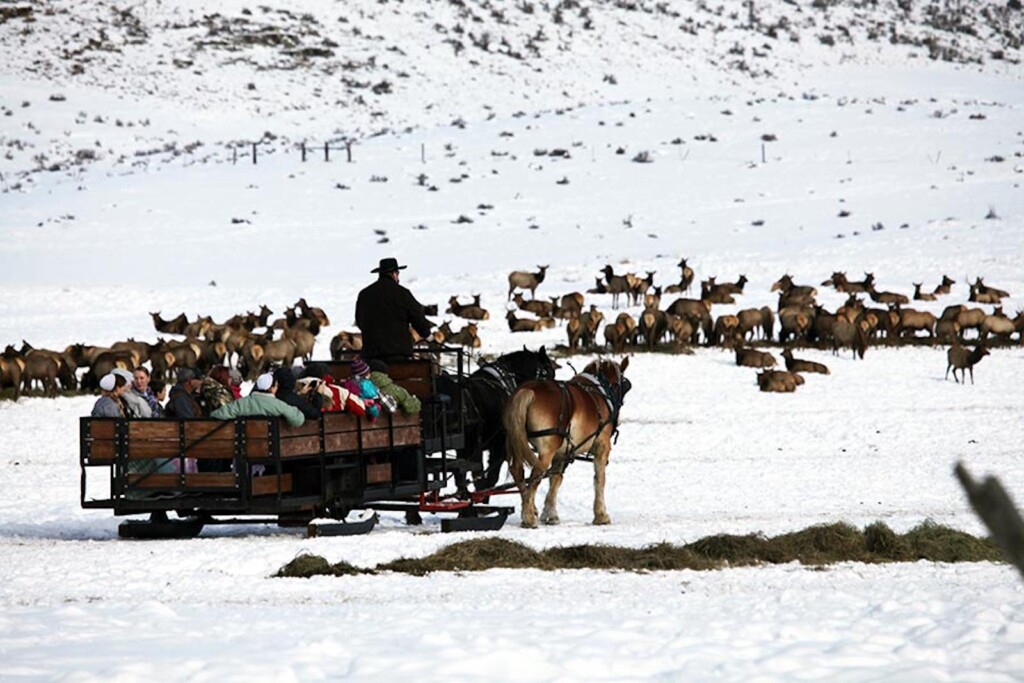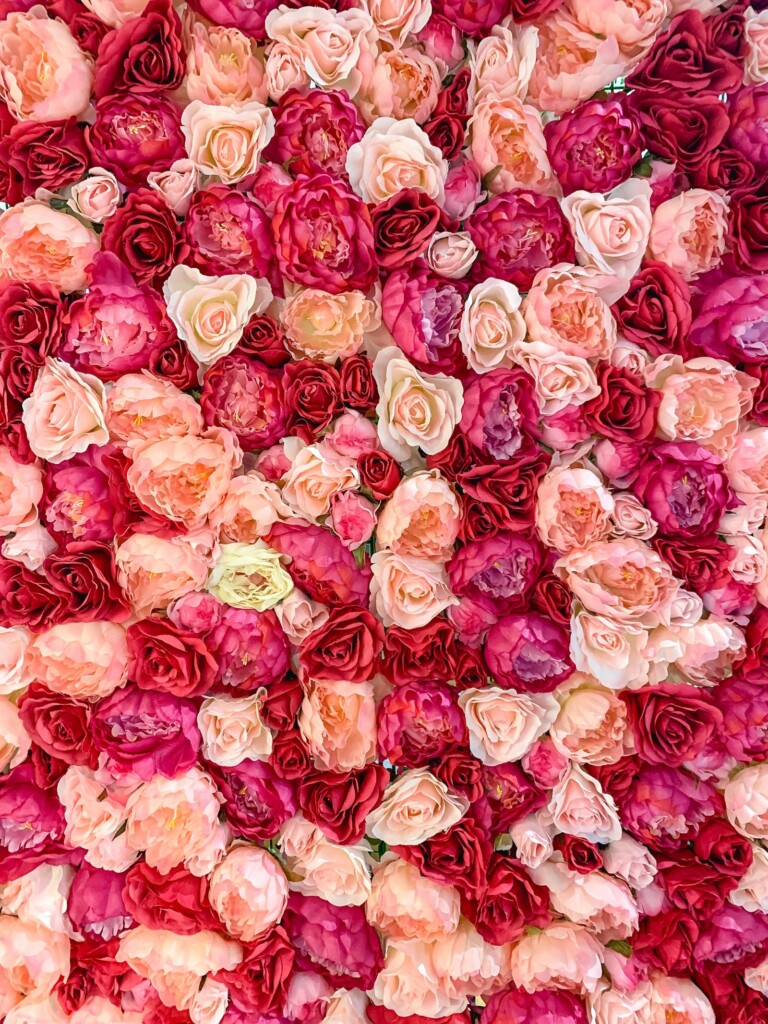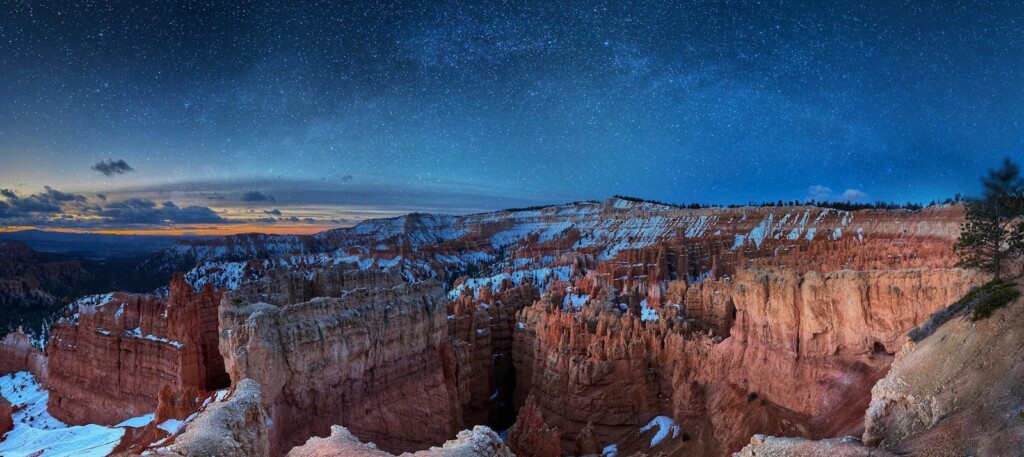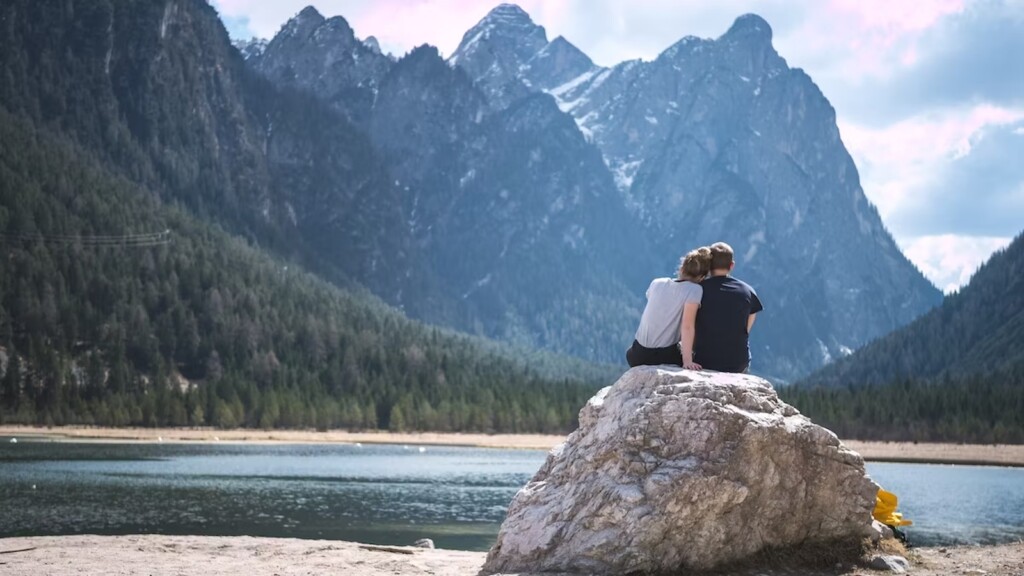
The University of Utah is home to many things: a world-class cancer research center and hospital, a winning football team, and some of the top researchers in the country. But did you know the U is also home to the state arboretum?
Though people may recognize the state bird ― California gull, the state tree ― Quaking aspen, and even the state flower ― Sego Lily, many are surprised to find the state has an official arboretum.
How did it come about?
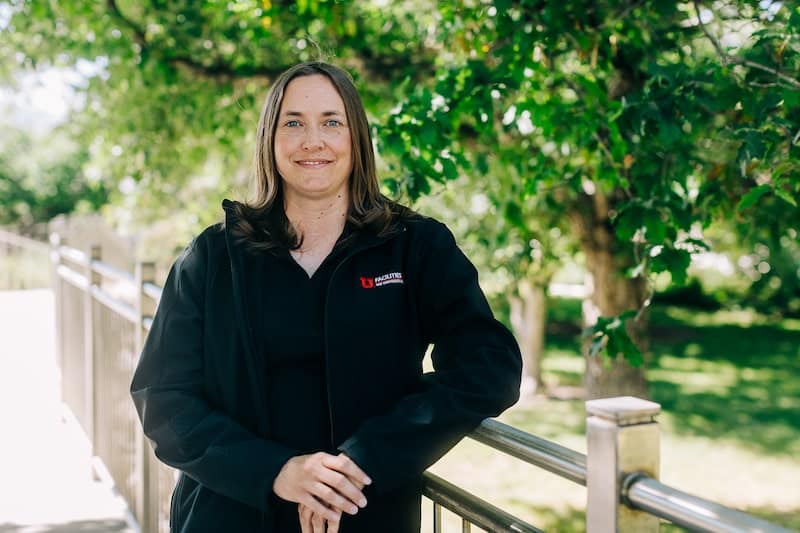
Suzie Middleton works for Geographical Information Systems (GIS) on campus. She is a certified arborist and she originally came to inventory and map every single tree species on campus and helped create the current tree tour. She says of the arboretum founding, “In 1930, Dr. Walter P. Cottam, co-founder of The Nature Conservancy and chairman of the Botany Department at the University of Utah, began using campus land for plant research. For more than 30 years, he evaluated plants to determine their adaptability to our region.”
In 1961, the Utah State Legislature formally recognized Cottam’s impressive collection by designating the University’s campus landscape as the State Arboretum. The original legislation mandated that the Arboretum “provide resources and facilities for cultivating a greater knowledge and public appreciation for the trees and plants around us, as well as those growing in remote sections of the country and world.””
Cottam was initially dismayed by plans to fill in the gulch just north of Pioneer Theater. He was instrumental in halting that plan and went on to use the campus as his lab. He planted native, non-native and exotics, and experimented with hybrids. His philosophy was “Let’s plant it and see if it grows.” Cottam’s Gulch was named for him, and contains some of the largest species of trees on campus.
The sheer size of the arboretum and number of specimens requires a team. Working in conjunction with Middleton is Sue Pope, the open space manager. She works with the planning department and “anything to do with changes and whatever will impact the University’s landscape.” She sometimes has to fight to save tress in danger of being uprooted in the name of progress.
John Walker, in charge of the maintenance of 700 acres of irrigated landscape, manages and takes care of the arboretum and all the landscaping on campus. Along with the trees, he and his team take care of the grass, shrubs, flower beds, and all landscaping.
Managing the grounds, Walker works with 4 certified arborists, and a staff of about 34. The biggest challenge the last few years has been dealing with drought conditions. “Even if we cut water on the grass or shrub beds we take care of the trees,” says Walker. Besides irrigation, the crew do winter cleanup in the spring, work with an integrated pest management team, look for disease and fertilize depending on the needs of each species.
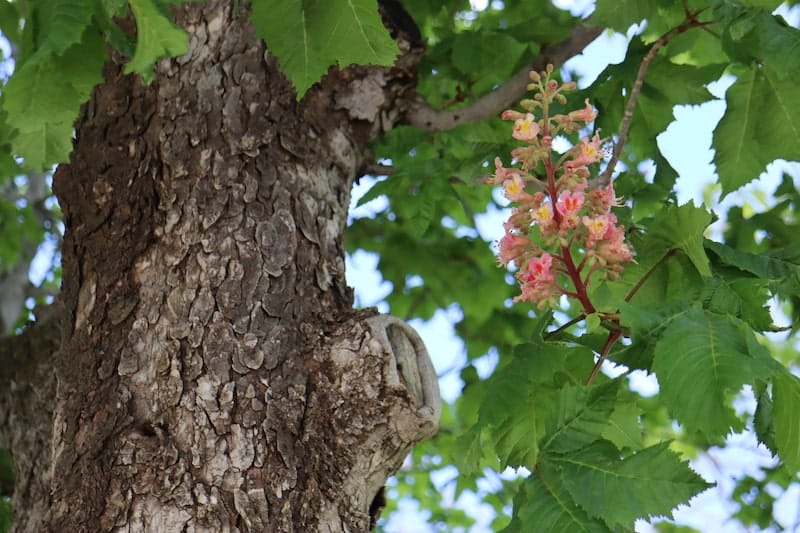
It is easy to tour the arboretum on campus with a downloadable map. Middleton helped to write descriptions of the trees and took photos. She also helped install the plaques with QR codes associated with some of the trees to provide more information about individual trees. The plaques are part of a grant under the Sustainable Campus Initiative Fund (SCIF). It started as a student project with 50 participants and expanded to 100.
There are many spectacular trees on campus, and each member of the team has a favorite.
Middleton’s favorite is a Japanese Zelkova located on the west lawn and planted by Cottam. It is on the national big tree registry. “It is a large and beautiful tree, especially in the fall when the leaves turn golden yellow,” says Middleton.
Pope’s favorites are the black locust and elm trees found at Fort Douglas and planted by the early pioneers. She also loves the Osage orange behind the chapel at Fort Douglas and says, ”I really like sycamores. They are huge and provide lots of shade, but can be messy. You can find them all along the middle campus between the bookstore and the Union Building.”
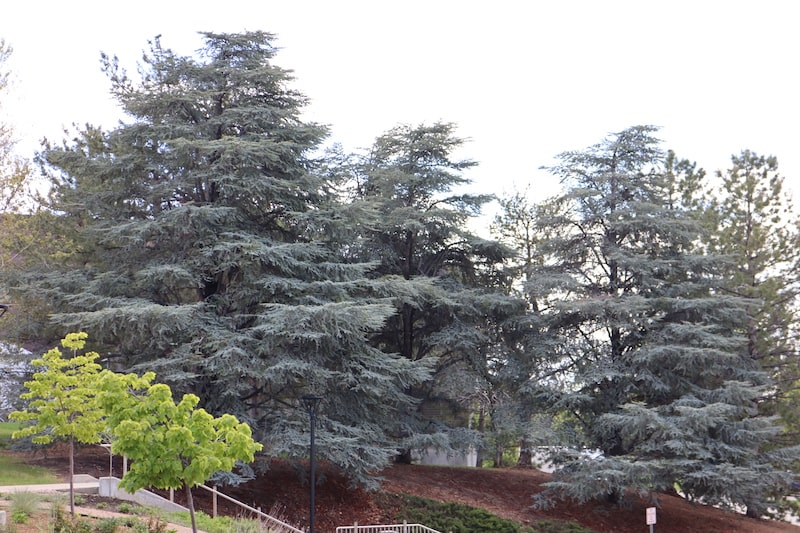
Walker is partial to the Himalayan pine south of the new soccer field, and the American Yellowwood north of the KUED building. It is one he personally worked to save when a new parking lot went in. He also says it gets beat up a lot because it is by the frisbee golf course, “but it survives.”
There are 17 trees on campus, with an additional 19 at Red Butte Garden, also part of the state arboretum, that are national and state champions for size including a Mongolian Oak and a Hardy Rubber Tree ― not trees you’d typically think of finding in Utah. The full list can be found at utahurbanforest.org/amazing-trees.
There is so much more to explore, and the best way to do it is in person. The link to a self-guided tour is facilities.utah.edu/tree-tour/index.php. More than one trip may be needed in order to experience the trees in different seasons. In spring the blossoms are in full swing, summer brings canopies and shade, fall colors light up campus, and in winter you can see the bare bones of the trees.
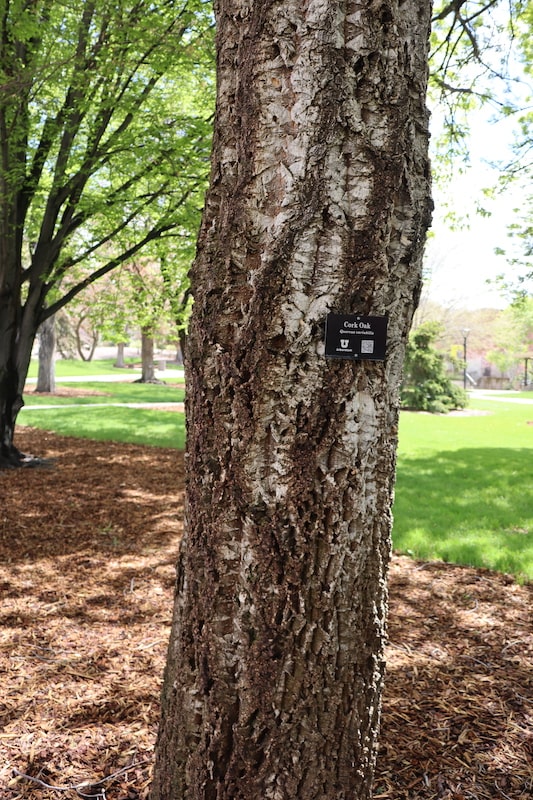
My favorite turned out to be a Cork Oak. In Italy they harvest cork from the outside bark making it a renewable resource. The bark is spongy to the touch and grows back when cut.
Discovering your new favorite tree is only a tour away.
RELATED CONTENT
Lassonde Studios Helping University of Utah Students Make their Business Dreams a Reality
Wallace Stegner’s Lasting Legacy at the University of Utah
University of Utah — Return to the U
The University of Utah: what is the Penelope Program?
University of Utah—giving Utah students a path to succeed
SUPPORT LOCAL JOURNALISM AND SUBSCRIBE TO PRINT MAGAZINE
Subscribe to Utah Stories weekly newsletter and get our stories directly to your inbox


